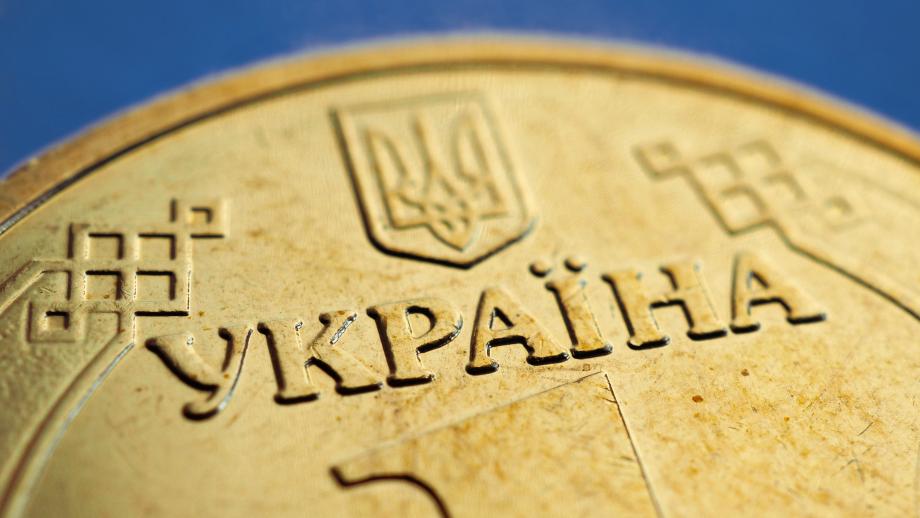Priorities and mechanisms of industrial recovery of Ukraine

The Russian aggression has created severe challenges for Ukraine’s real sector, leading to the destruction of production facilities, loss of markets, fall in purchasing capacity, lack of supplies, non performed external contracts, and personnel deficits.
Ukrainian industrial enterprises faced the following economic shocks:
- destruction of production facilities
- disrupted logistics
- outflow of the workforce, changes in the regional distribution of workers
- heavy war risks that scare off investors
The area fully occupied or under combat produced around 30% of Ukrainian industrial output before the war. Estimated damages to corporate assets of industry and business services as of November stand at USD 13 billion. The most significant destruction has occurred in the metallurgical industry, where Ukraine lost its most prominent plants – Azovstal and the Metallurgical Plant Illicha in Mariupol in the east of Ukraine. The two plants produced 40% of the entire Ukrainian metallurgy industrial output in 2021. Another critical loss concerns the oil industry – Russian aggressors destroyed the Kremenchuk Oil Refinery and significant oil reserves during several direct air assaults. In 2021, the refinery accounted for around 40% of gasoline, 15% of diesel, and nearly 60% of aviation kerosene in the country.
The destruction has made Ukraine wholly dependent on the import of oil products across the western border. According to the Ukrainian League of Industrialists and Entrepreneurs estimates, one-third of Ukrainian industry has halted work due to the war and the destruction of production facilities. The war also disrupted logistics, preventing companies from receiving supplies and raw materials and exporting finished products. The blockade of seaports had the most significant impact since Ukraine transported 65% of its international commodity trade by sea before the war. The massive outflow of the workforce (especially women) abroad also poses the risk that a significant segment of the population will not return to Ukraine.
Many previously active workers joined the military. A decrease in the population and labour force will detrimentally impact the demand for and supply of products. The movement of people to safer western regions and away from the east and south further steered dramatic changes in the regional distribution of workers. Heavy war risks scare off investors, and ongoing investment projects are frozen, postponed, or cancelled. Ukraine will need many resources to rebuild its infrastructure and industrial enterprises.
How to achieve it? Read the full policy brief below.
